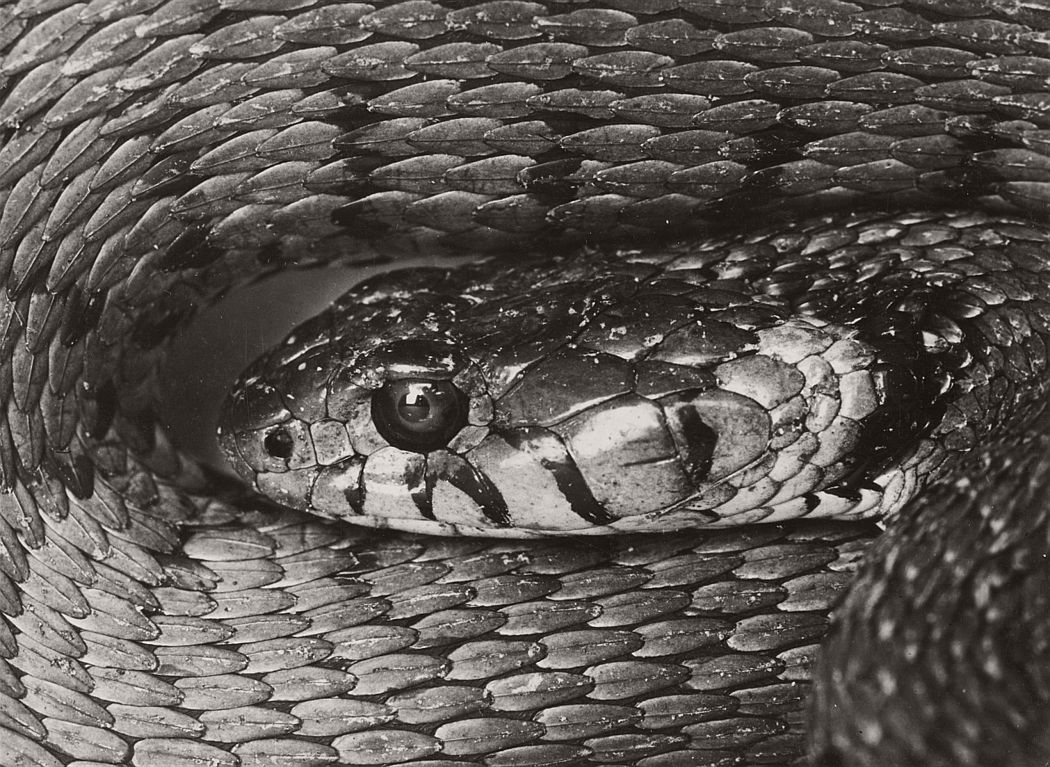Albert Renger-Patzsch was a German photographer born on June 22nd, 1897, and was associated with the New Objectivity.
Renger-Patzsch experimented with photography as a teenager. After serving in World War I, he studied chemistry at Dresden Technical College. In 1920 he became director of the picture archive at the Folkwang publishing house in Hagen.
In 1925 Renger-Patzsch began to pursue photography as a full-time career as a freelance documentary and press photographer. He rejected both Pictorialism, which was in imitation of painting, and the experimentation of photographers who relied on startling techniques. In his photographs, he recorded the exact, detailed appearance of objects, reflecting his early pursuit of science. He felt that the underlying structure of his subjects did not require any enhancement by the photographer. In his book Die Welt ist schön, he showed images from both nature and industry, all treated in his clear, transparent style. Such images were closely related to the paintings of the Neue Sachlichkeit movement of painters, who created detached and literal renderings of reality that were so extreme that they produced an eerie effect.
In the early 1930s, Renger-Patzsch taught photography. From the 1940s until his death in 1966, he focused on his own projects, working as a freelance photographer and publishing his photographs. His later subjects included natural landscapes, industrial landscapes, trees, and stones.
The New Objectivity was a movement in German art that arose during the 1920s as a reaction against expressionism. The term was coined by Gustav Friedrich Hartlaub who used it as the title of an art exhibition staged in 1925 to showcase artists who were working in a post-expressionist spirit. As these artists—who included Max Beckmann, Otto Dix, George Grosz, and Jeanne Mammen—rejected the self-involvement and romantic longings of the expressionists, Weimar intellectuals in general made a call to arms for public collaboration, engagement, and rejection of romantic idealism.
Although principally describing a tendency in German painting, the term took a life of its own and came to characterize the attitude of public life in Weimar Germany as well as the art, literature, music, and architecture created to adapt to it. Rather than some goal of philosophical objectivity, it was meant to imply a turn towards practical engagement with the world—an all-business attitude, understood by Germans as intrinsically American.
The movement essentially ended in 1933 with the fall of the Weimar Republic and the rise of the Nazis to power.

This is my favourite photography by Albert Renger-Patzsch. It shows a snake coiled up with an intense stare. I love the details on each individual scale of the snake is visible and clear for us to see, and the dark tone of the picture gives the snake more of a menacing look. The contrasting light and darks of the image makes it look dramatic, and the fact that it’s been cropped to only view its head makes us focus in the detail of its expression and it’s pose.
To produce pictures inspired by his work, I’ll be taking 150+ pictures of objects which might relate to nature, or anything that’s been man made. To copy his effect, after I take my images i’ll be editing them to have a black and white tone, and cropping them to focus on the small details, and to give them as much as a dramatic effect as possible.











Great…now add a final selection of 5 x images, edit and display them with an evaluation.